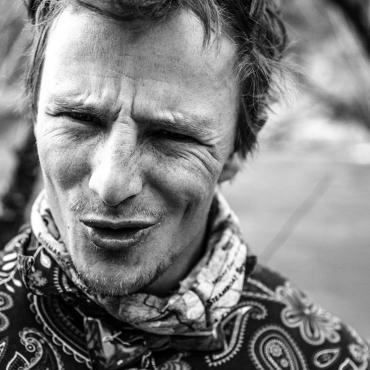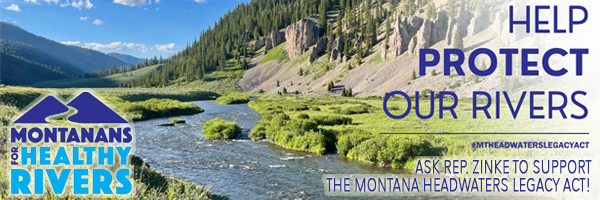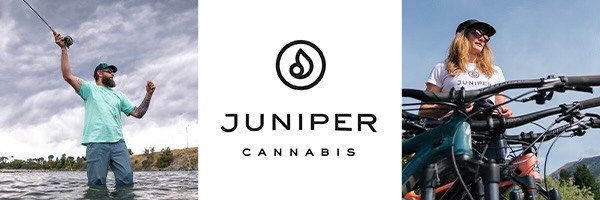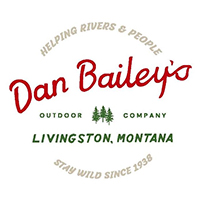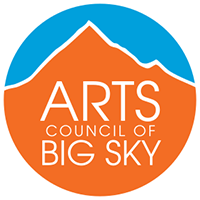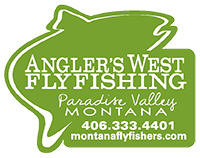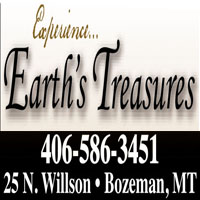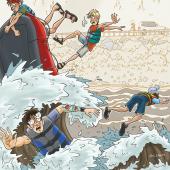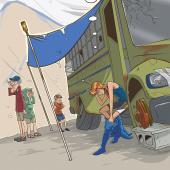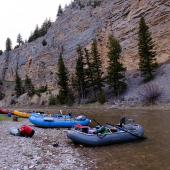A Gift That Keeps on Giving
Relishing & remembering in the Bear Trap.
Lee Metcalf was a man who wore many hats. Among them, he was a college football player, lawyer, lieutenant in the Army, judge, U.S representative, and senator. But perhaps his most renowned attribute was his love for wild places. Throughout a 25-year political career, Metcalf stood firm for his values, fighting tooth and nail to protect Montana’s open spaces. He played a pivotal role in the passing of the Clean Air Act of 1963, the Wilderness Act of 1964, and the Water Quality Act of 1965. Following his death, Congress set aside nearly 260,000 acres of unhindered land in his honor.
The Lee Metcalf Wilderness Area is comprised of four separate units: the Spanish Peaks, Taylor-Hilgard, Monument Mountain, and the northernmost parcel: the Bear Trap. It is this final section that has garnered increasing conversation around the O/B office. After one too many emails, we decide to finally manifest the plans we keep spinning.
The whitewater ignites some energy in us, and we soon turn into a loud boisterous crew, laughing and joking as we continue downriver not a stroke too fast.
On a warm August morning, we set off toward the trailhead and put-in. Half the crew will hike with inflatables on their back from the bottom, while the other half will take crafts the entire way from the top. We’ll meet at the Kitchen Sink, have lunch, and float the lower stretch as one. Sure beats a day at the office.
With an early start, we make it to Ennis Lake while the water is still glass. Rolling toward the boat ramp, we disappear from the sun as we enter the first mile of the canyon. The rays haven’t even hit us by the time we’re all rigged up. Chris ushers a couple of us to hurry up and get on with it. Easy for him to say, perched atop his rafting seat with oars in hand. Jack and I will be double-duckying. Even small waves are sure to leap over our bow and soak the both of us. We take swigs of light beer and jump in. The sun will hit us soon.
As we drift downstream and become swallowed by the gorge, conversation quiets. It feels like we’ve merged with something larger than ourselves, and we have. We listen to the water rolling over rocks. Adam tries his luck at a trout. We see a lone mule deer way up high in the mahogany, and I speculate that it’s a wise old buck aging happily and healthily. Without binocs, there’s no way to tell. Just as my thoughts wander into a primitive, imaginative state, we approach White Horse Rapids and it’s time to pay attention.
I think about how this place would look had Lee Metcalf not stood up for what he believed in.
As anyone who’s floated the Bear Trap knows, White Horse is a long set of waves where the river gradient steepens significantly. At this level, it is fun and manageable, even for Jack and me. The whitewater ignites some energy in us, and we soon turn into a loud boisterous crew, laughing and joking as we continue downriver not a stroke too fast. The eddy above the Sink comes quicker than anticipated, though, and it’s again back to business.
We hop out to stretch our legs and scout the rapid. Some of us, that is. Adam, not the least bit a whitewater guy, doesn’t want to know what lies ahead. I take notes for him and relay what I think is necessary. Somehow, I convince him to get in the ducky with Jack, and against my better judgement, let it play out before telling him that it’s a bad idea. See “Down the Drain” for the full story.
When all is said and done, everyone makes it through the tail waves in one piece, albeit a bit wet. And wouldn’t you know it, the rest of the crew is waiting for us at the bottom of the rapid. They’ve hauled in packrafts and a paddleboard and are anxious to join us for the second half. We enjoy a bite in the sun before hopping back in. Five more miles of Madison River—including a handful of respectable rapids—to cherish before heading back to Bozeman.
I use the time to think about how this place would look had Lee Metcalf not stood up for what he believed in. It is because of folks like him that so much of southwest Montana remains free of pavement, power lines, and pointless human development. His forethought, along with many others, has allowed the rest of us to enjoy these places now, just as they were back then. That’s quite a gift.

